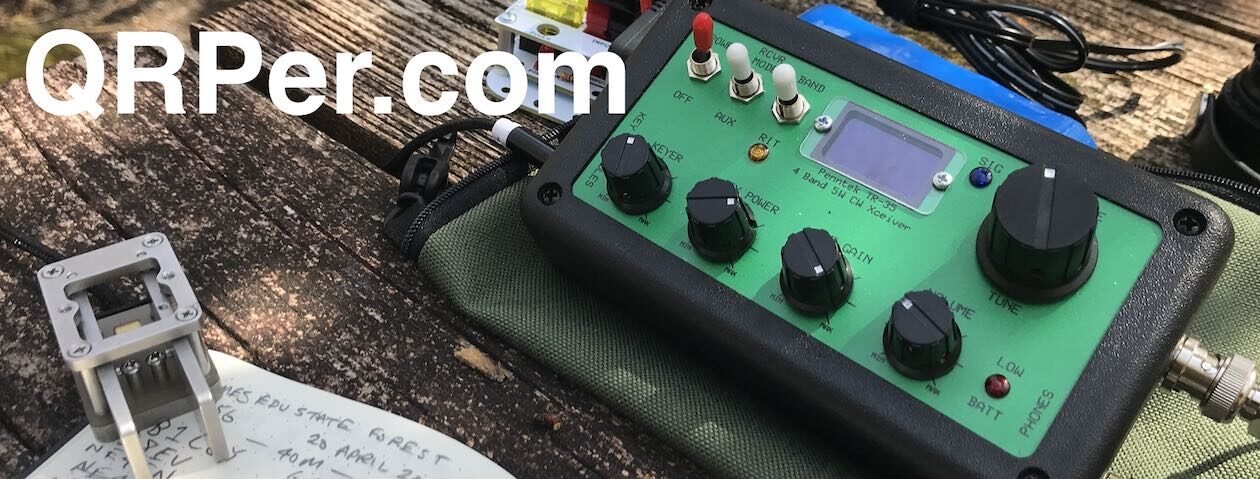Here we are, on the morning of Christmas Eve, and I find this quote from Teddy Roosevelt floating around in my head:
“Do what you can, with what you have, where you are.”
–– Teddy Roosevelt
Perhaps I’m thinking about these words because they sort of fly in the face of all of the consumerism that often surrounds the holiday season…?
Well, I’m not sure of the reason. What I do know is, I feel like this quote speaks to me as a QRPer. Part of the appeal of low-power operations is making do with less. With just a faint breath of power, I can reach across the globe to connect with others, and have just as much fun doing it as the guy with the tall backyard tower. Yes, I have to admit, there’s a certain satisfaction in that.
You might not know this, reading QRPer.com, where we often talk gear, discussing its various shortcomings and merits, but I’m actually a fan of simplicity. Outside of the world of radios and packs––and even in it, to a degree!––I try not to own too many things.
In my little QRP world I feel incredibly fortunate to be able to beta test, review, and evaluate a wide variety of radios and gear. Since I do purchase almost all of my review radios––except for the few that are loaned to me––I’ve accumulated a lot of them over time. I know I can sell the ones I don’t often use, and I frequently do, but it’s fun to take them out for a spin now and again; you may notice that I rotate them out regularly.
Yet because of this, I do worry that people read my posts (and those of others in the ham community) and reflect with despair along these lines: “I can’t activate in the field…I need a lot of new expensive gear to do that!”
But this couldn’t be further from the truth.
For four years, when I lived in Germany and the UK, I only owned one radio–a Yaesu FT-817. And, know what? I had so much fun with that single radio and a limited number of home-brew antennas.
To which I might add, this past year, some of my most memorable activations have been with radios I purchased for under $200:
I could easily activate all of the parks and summits I wish, only using one of these little radios, coupled with a key, a home-brew wire antenna, and a battery. That’s it~!
So, you really don’t need a lot of gear to enjoy field radio. This is true especially if you’re a CW operator. But even just starting out, you really can have fun with a simple field kit.
Even if you’re new to ham radio, don’t wait to hit the field until you’ve assembled the “perfect” or the largest, finest field radio kit. Instead, take Teddy Roosevelt’s advice, and just do what you can with what you have…right where you are.














































